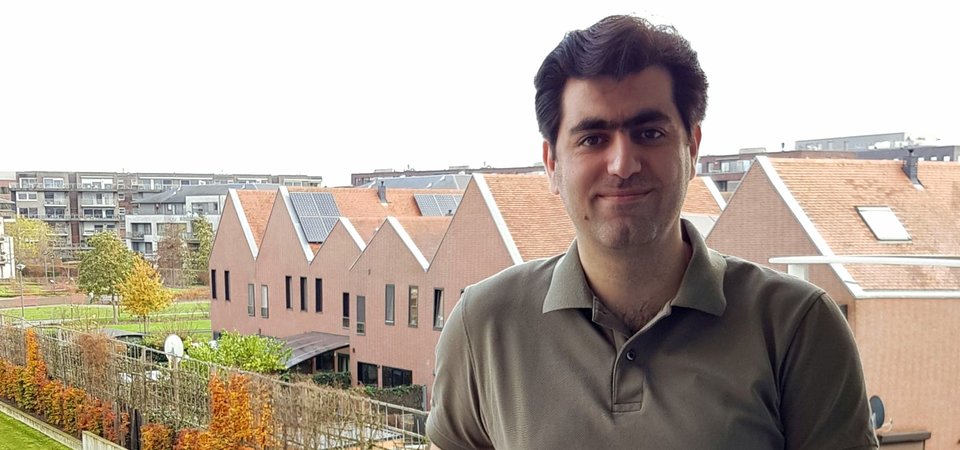
Flexible Disposal Monitoring Program
Since the third fairway deepening of the Scheldt estuary in 2010, IMDC has been supporting the Flemish Government in the Flexible Disposal Monitoring Program for the continuous optimization of dredging and disposal activities. The sediment disposal strategy is aimed at maximizing the ecological benefits through the creation of valuable intertidal areas at selected locations. IMDC analyses and reports hydrodynamic, morphological and ecological monitoring data and advises the client with respect to the sediment disposal and monitoring strategy.
The Scheldt estuary fairway, which crosses the Netherlands and Belgium and provides access to the port of Antwerp, was deepened in 2010 to provide tide-independent access for ships with a draught of up to 13.1 m. A flexible disposal strategy was introduced as part of the deepening treaty between Flanders and the Netherlands, to optimize the dredging and disposal activities of the capital (deepening) and maintenance dredging works and to maximize the ecological value of the estuary by creating valuable intertidal areas.
IMDC analyses and reports hydrodynamic, morphological and ecological monitoring data and advises the client with respect to sediment disposal and monitoring strategy. This includes monthly reporting of disposal activities on the sand shoal edges, a two-yearly progress report, and numerous other task-specific analyses of sediment dynamics, morphological development and dredging and disposal strategy. The studies have been presented at national and international conferences including the Scheldt Symposium and the EGU General Assembly, and are available on the Flemish-Dutch Scheldt Commission website.

Data
- Client: Flemish Government, Department of Mobility and Public Works, Maritime Access Division
- Start: 2010
- Completion: ongoing

